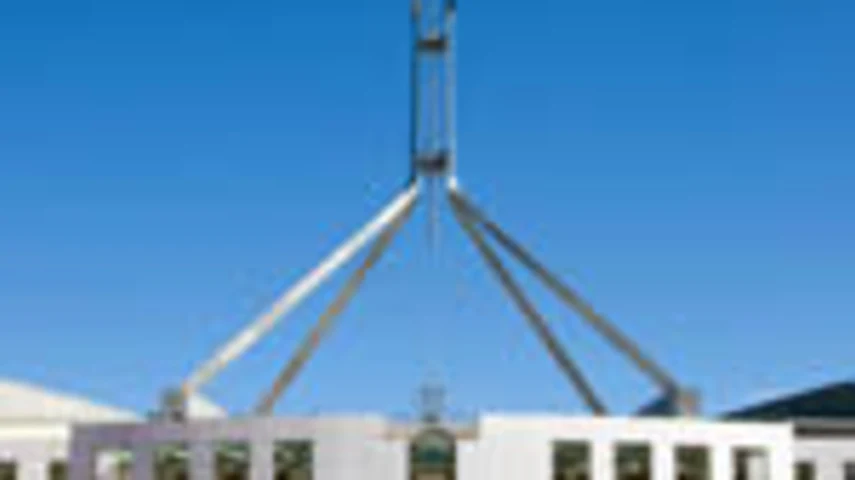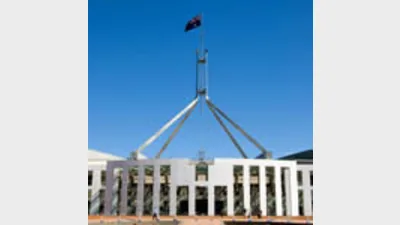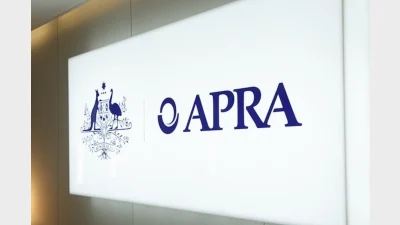Integrated reporting must deliver results: ASFA



In a submission to the Government’s Financial Reporting Council on the proposal to introduce integrated reporting in the coming years, the ASFA outlined a number of issues the superannuation industry would need to consider before adopting such an approach.Any proposal for superannuation funds to move towards integrated reporting will need to consider the best way to ensure increased transparency is delivered to members, says the Association of Superannuation Funds of Australia (ASFA).
One of its major concerns was ensuring that any changes made would lead to greater transparency, accountability and comparability for key stakeholders in the superannuation industry, especially for members.
The ASFA said that while the superannuation industry is already required to produce both annual financial statements and annual trustee reports to members, very few members read the financial statements of their super funds.
“In contrast, the annual trustee report tends to be read by more members. However, in many instances, there is very little rigour applied to the content of the annual trustee reports even though [it] includes extracts from the financial statements,” the submission stated.
The ASFA also suggested the possibility of having a single report to satisfy all reporting requirements of the superannuation industry — including financial reports, annual trustee reports and annual member statements.
The Stronger System review examined the need for an overlay to the current reporting requirements for superannuation funds, however it is still unclear exactly what new requirements it will endorse.
Recommended for you
The winners have been announced for the 2025 Super Fund of the Year Awards, held in Melbourne on 26 November.
Australian Ethical Superannuation has seen additional licence conditions imposed on it by APRA over the fund’s expenditure management.
The fund has strengthened its leadership team with three appointments to drive its next phase of growth and innovation.
ASIC and APRA have warned many trustees have failed to meaningfully improve retirement strategies despite the retirement income covenant being in place for three years.









